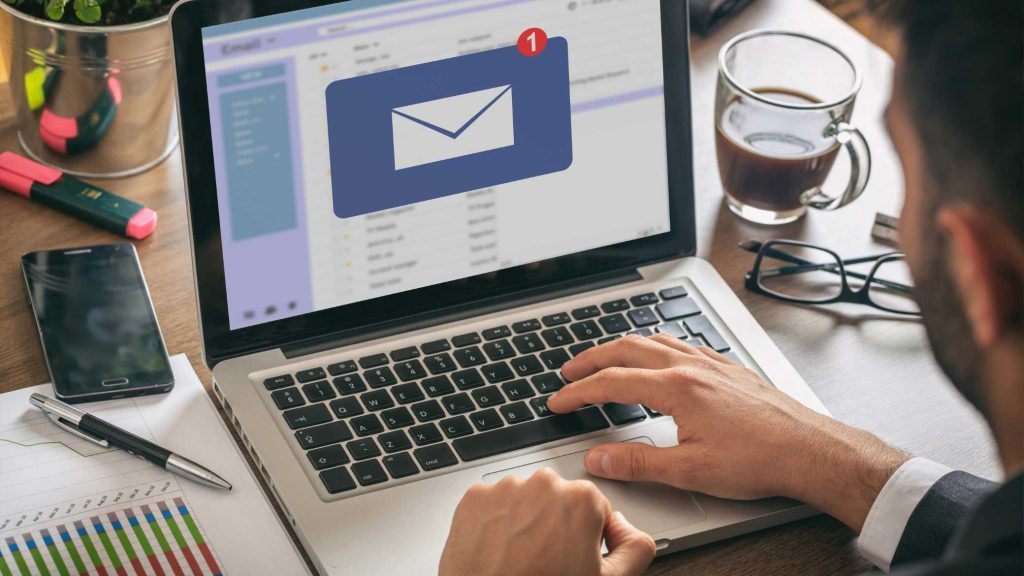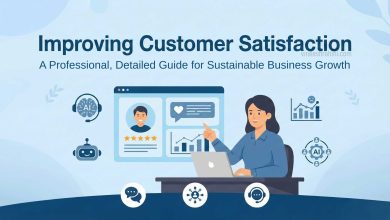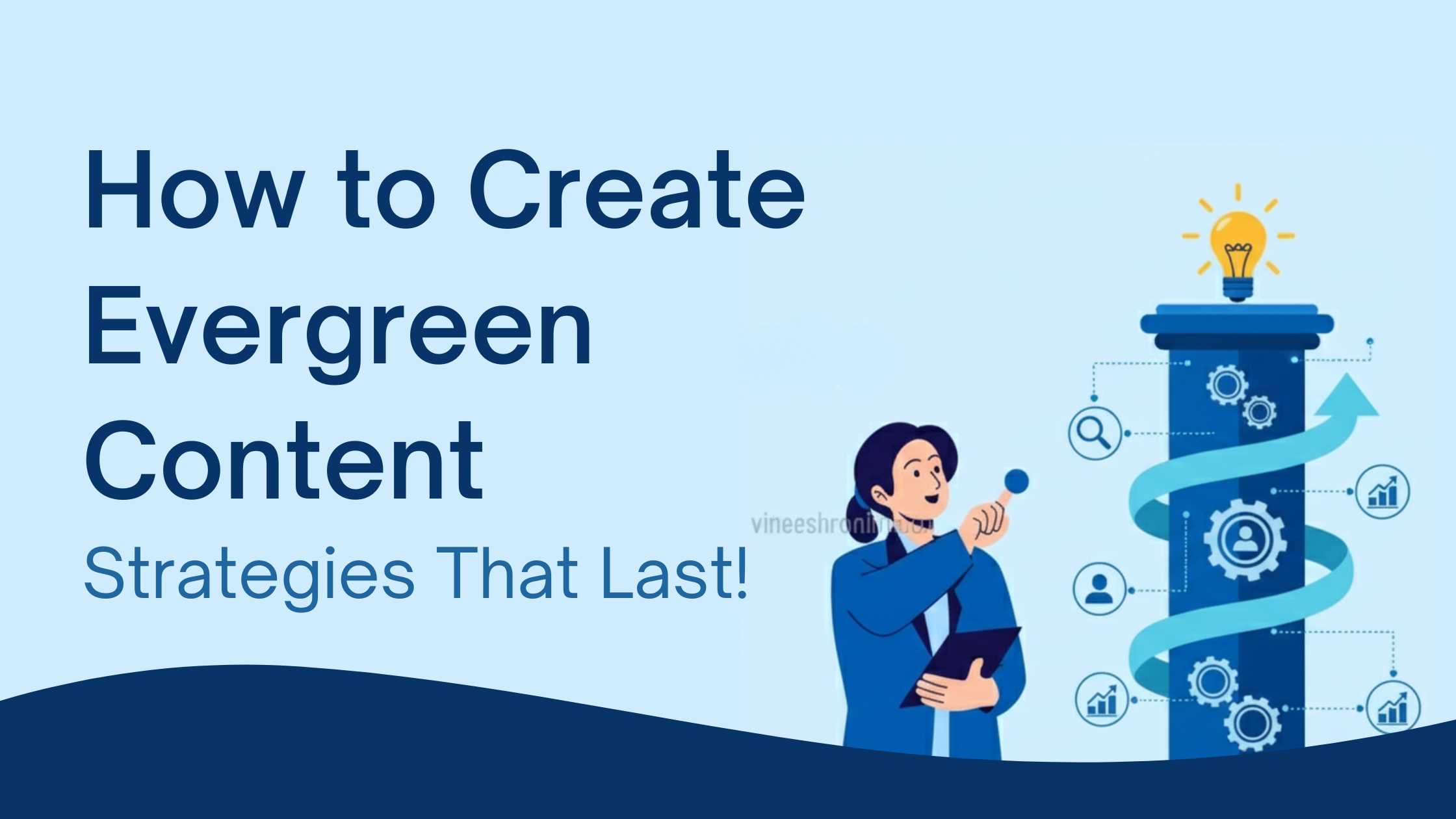How to Reduce Email Unsubscribe Rate : Comprehensive Guide 2025
How to Reduce Email Unsubscribe Rate : Email marketing continues to be one of the most effective digital marketing channels in 2025, helping businesses connect with their audience, build relationships, and drive conversions. However, one critical metric that can make or break your email marketing efforts is the unsubscribe rate. The email unsubscribe rate is the percentage of recipients who opt out of receiving emails from your campaigns. A high unsubscribe rate indicates disengagement and may negatively affect your sender reputation, email deliverability, and overall marketing ROI.
Table of Contents
Reducing unsubscribe rates is not just about keeping your subscriber list intact; it is about enhancing engagement, improving content relevance, and strengthening trust with your audience. In this comprehensive guide, we will explore the causes of high unsubscribe rates, strategies to reduce them, and actionable insights to create a sustainable email marketing strategy in 2025.
Understanding Unsubscribe Rates

What is an Unsubscribe Rate?
The unsubscribe rate is calculated by dividing the number of unsubscribes by the number of delivered emails, multiplied by 100. For example, if 15 recipients unsubscribe from a campaign delivered to 1,500 subscribers, the unsubscribe rate is 1%. Monitoring this metric is crucial for understanding subscriber behavior and evaluating the effectiveness of your email campaigns.
Why Unsubscribe Rates Matter
High unsubscribe rates can signal poor content quality, irrelevant messaging, or excessive email frequency. They can also affect your sender reputation, leading to lower deliverability rates and increased chances of emails landing in spam folders.
Also Read : What is Email Marketing ?
On the other hand, maintaining a low unsubscribe rate reflects strong audience engagement, content relevance, and trustworthiness, all of which are essential for a successful email marketing strategy in 2025.
Common Causes of High Unsubscribe Rates
Understanding why subscribers are leaving your email list is the first step in reducing unsubscribe rates. The most common causes include:
- Irrelevant Content: Subscribers may unsubscribe if your emails are not aligned with their interests, needs, or preferences. Generic content that does not provide value will quickly disengage recipients.
- Overwhelming Frequency: Sending emails too frequently can overwhelm subscribers, causing them to opt out. Too few emails, however, can lead to disengagement due to lack of visibility.
- Poor Mobile Optimization: In 2025, most email users access their inboxes on mobile devices. Emails that are not mobile-friendly, with poorly formatted layouts or unreadable fonts, can frustrate subscribers.
- Lack of Personalization: Generic emails without personalization can feel impersonal and disconnected. Subscribers expect brands to recognize their preferences and offer tailored content.
- Unclear Value Proposition: Emails that fail to communicate clear benefits or actionable insights often result in unsubscribes. Subscribers need to understand why your emails are worth their attention.
Strategies to Reduce Email Unsubscribe Rates
Reducing unsubscribe rates requires a proactive and strategic approach. Here are proven strategies for 2025:
1. Implement Opt-In Strategies
Using single or double opt-in processes ensures that subscribers genuinely want to receive your emails. Double opt-in is particularly effective because it confirms interest and reduces the likelihood of disengaged users. Implementing opt-in strategies not only lowers unsubscribe rates but also improves list quality and engagement metrics.
2. Segment Your Audience
Segmentation allows marketers to send targeted emails based on subscriber demographics, behavior, purchase history, or interests. Tailored content is more relevant and engaging, reducing the chances of unsubscribes. For example, e-commerce brands can segment by purchase behavior, sending product recommendations based on past purchases rather than generic promotions.
3. Optimize Email Frequency
Email frequency plays a significant role in engagement. Overloading subscribers leads to fatigue, while infrequent emails can cause your brand to be forgotten. Allow subscribers to choose how often they receive emails – daily, weekly, or monthly – giving them control over their inbox experience.
4. Personalize Email Content
Personalization goes beyond inserting a subscriber’s name. Utilize behavioral data, past interactions, and purchase history to create customized content. Personalized subject lines, product recommendations, and dynamic content blocks increase relevance and engagement, reducing the likelihood of unsubscribes.
5. Provide Clear Unsubscribe Options

It may sound counterintuitive, but making the unsubscribe process simple can actually build trust. A complicated or hidden unsubscribe link can frustrate users and negatively impact your brand reputation. Clear and visible unsubscribe options demonstrate respect for your subscribers’ preferences.
6. Monitor and Analyze Metrics
Regularly reviewing email marketing metrics is critical. Unsubscribe rates, open rates, click-through rates, and engagement metrics can reveal patterns and areas for improvement. By analyzing trends, marketers can identify underperforming content, ineffective subject lines, or poor targeting strategies.
7. Conduct A/B Testing
A/B testing involves experimenting with subject lines, email design, content layout, send times, and call-to-action buttons to identify what resonates best with your audience. Continuous testing allows marketers to optimize campaigns, increasing engagement and minimizing unsubscribes.
8. Clean Your Email List Regularly
Inactive or invalid email addresses should be removed periodically to maintain a healthy list. A clean email list improves deliverability, reduces bounce rates, and ensures that your campaigns reach subscribers who are genuinely interested in your content.
9. Offer Value in Every Email
Each email should provide value, whether it’s informative content, exclusive offers, engaging visuals, or actionable insights. Valuable emails increase engagement, foster trust, and reduce the likelihood of subscribers opting out.
10. Implement Preference Centers
Preference centers allow subscribers to select the type of content they want to receive and how frequently they want to receive it. This autonomy increases satisfaction, improves engagement, and significantly reduces unsubscribe rates.
Email Marketing Best Practices for 2025

- Craft Compelling Subject Lines – Subject lines are the first impression. Use curiosity, urgency, or personalized elements to increase open rates while keeping expectations clear.
- Focus on Mobile Optimization – With mobile-first users on the rise, ensure emails are responsive, load quickly, and are visually appealing on all devices.
- Utilize Behavioral Triggers – Send automated emails based on user behavior, such as cart abandonment, product views, or browsing history. Trigger-based emails are highly relevant and drive higher engagement.
- Balance Promotional and Informative Content – Avoid sending emails that are purely promotional. Include educational, entertaining, or value-driven content to keep subscribers engaged.
- Maintain Consistent Branding – Consistency in design, tone, and messaging strengthens brand identity and trust, making subscribers more likely to stay.
- Incorporate Interactive Elements – Interactive emails with polls, quizzes, or embedded videos can enhance engagement and reduce unsubscribe rates by making emails more enjoyable and engaging.
- Regularly Review Campaign Performance – Analyzing metrics such as click-through rates, conversion rates, and engagement time allows for continuous improvement in content and targeting strategies.
Advanced Strategies to Retain Subscribers
Win-Back Campaigns – Target inactive subscribers with special campaigns designed to re-engage them. Offer incentives, exclusive content, or personalized recommendations to bring them back into the fold.
Dynamic Content – Use AI-powered tools to create content that adapts to subscriber behavior, preferences, or location. Dynamic emails deliver personalized experiences that increase engagement.
Subscriber Education – Educate subscribers about the value of your emails through onboarding series, tutorials, or tips. When subscribers understand the benefits, they are less likely to unsubscribe.
Social Proof Integration – Include testimonials, reviews, or user-generated content to build credibility and reinforce the value of staying subscribed.
Common Mistakes to Avoid
- Ignoring Metrics – Failing to analyze unsubscribe patterns prevents marketers from identifying and addressing the root causes.
- Over-Promotion – Excessive promotional content without providing value drives subscribers away.
- Neglecting Personalization – Treating all subscribers the same leads to disengagement.
- Not Testing – Ignoring A/B testing opportunities can result in ineffective campaigns.
- Disregarding Subscriber Preferences – Sending emails outside a subscriber’s preferred frequency or content type increases unsubscribe risk.
Industry Benchmarks
Understanding benchmarks helps marketers assess performance. In 2025, an average unsubscribe rate across industries ranges from 0.2% to 0.5%, with e-commerce slightly higher at around 0.6% due to promotional campaigns. Rates above 1% indicate areas for improvement. Maintaining unsubscribe rates below industry benchmarks signifies strong audience engagement and effective email marketing strategy.
How to Reduce Email Unsubscribe Rate – Conclusion

Reducing email unsubscribe rates is a vital component of successful digital marketing. By understanding the causes of unsubscribes and implementing strategies such as segmentation, personalization, optimized frequency, preference centers, and value-driven content, businesses can foster stronger relationships with their subscribers. Maintaining a low unsubscribe rate improves engagement, enhances sender reputation, and ultimately boosts conversions.
Buy Now : Digital Marketing Agency Mastery Course
In 2025, email marketing success depends on relevance, personalization, and value. By continuously analyzing subscriber behavior, testing strategies, and providing meaningful content, marketers can create email campaigns that retain subscribers, nurture loyalty, and drive sustainable business growth.
Disclaimer: This guide is for educational purposes and aims to provide actionable strategies for email marketing improvement. Results may vary based on industry, audience, and campaign execution. Marketers should test strategies and adapt based on specific audience behaviors and preferences.
Keywords : How to Reduce Email Unsubscribe Rate – How to Reduce Email Unsubscribe Rate 2025



